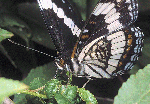
Utah Lepidopterists' Society
Founded 6 Nov 1976
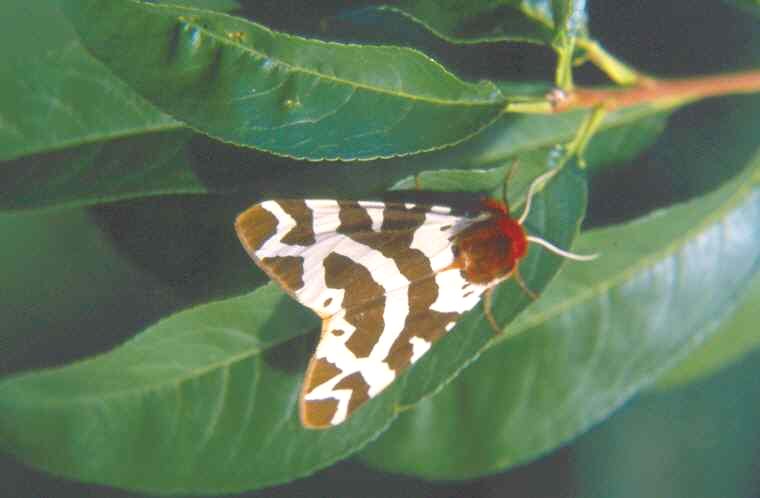
|
|
Utah Lepidopterists' Society Founded 6 Nov 1976 |
|
| History | Mission | Meetings | Bulletin | Checklists | Links | Community | Field Trips | Habitat | Members | Kids | Contact Us |
Papilio indra minori
Mesa rim cliff swallowtail
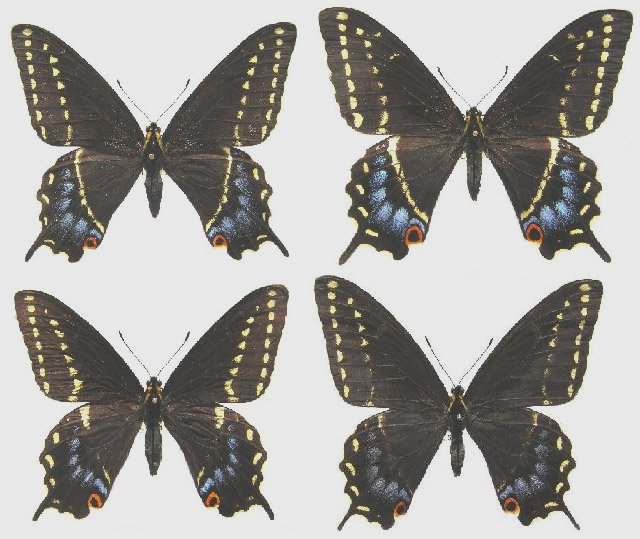 |
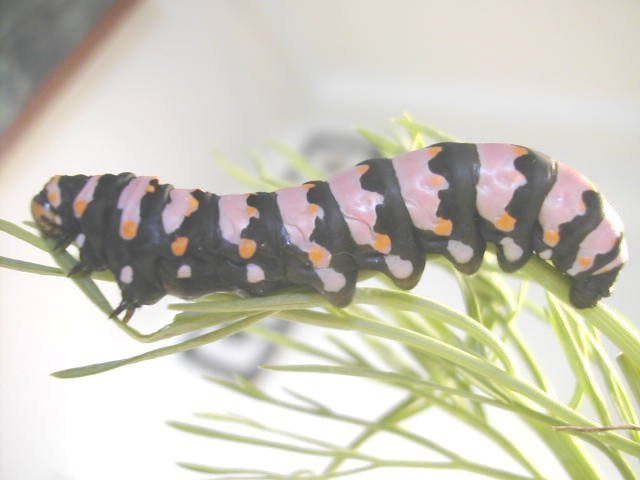 |
| Adults (click on image for larger picture.) Lower right specimen approaching kaibabensis phenotype. | Mature Larva (Photo courtesy Vernon Evans) |
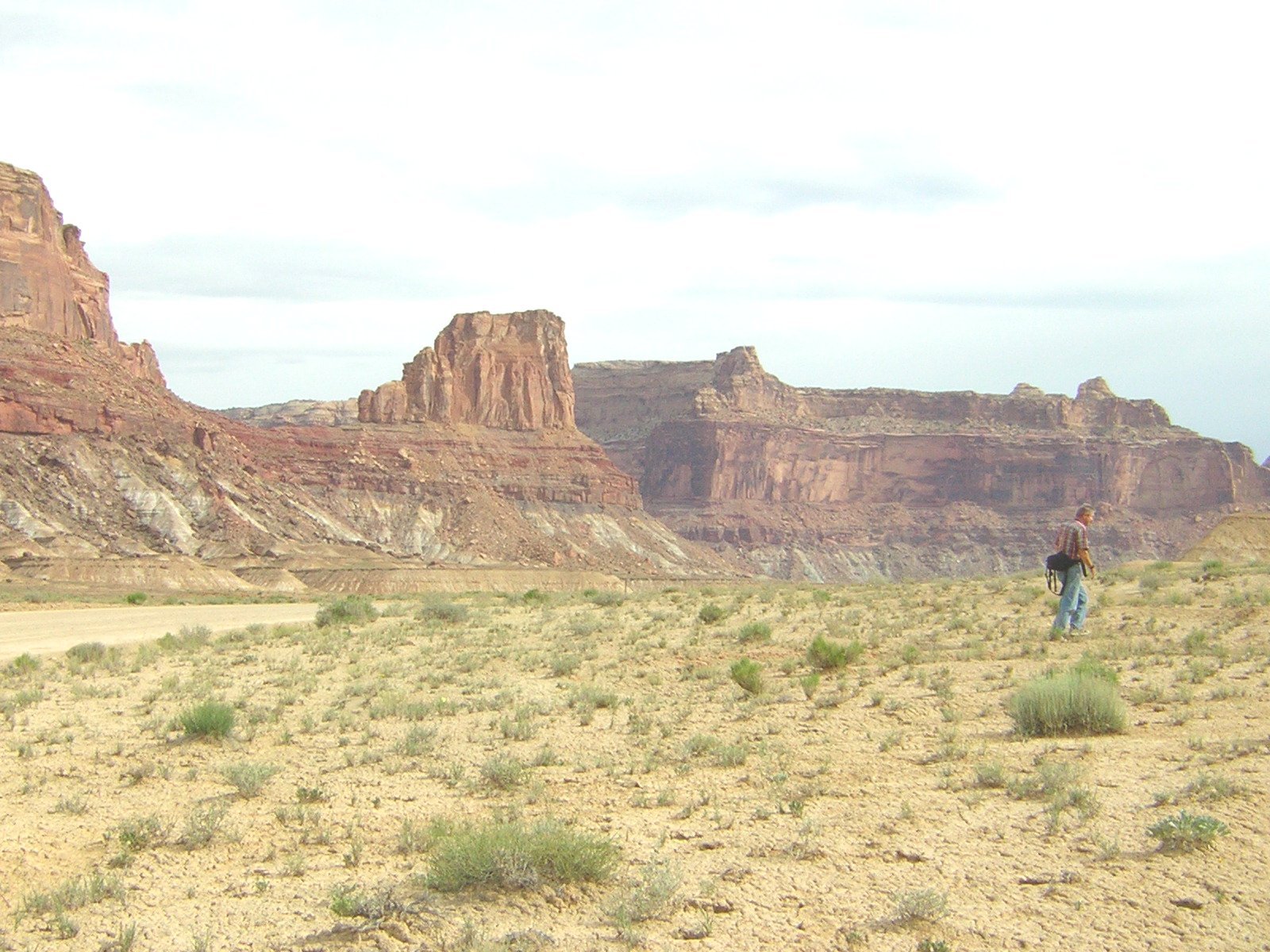 |
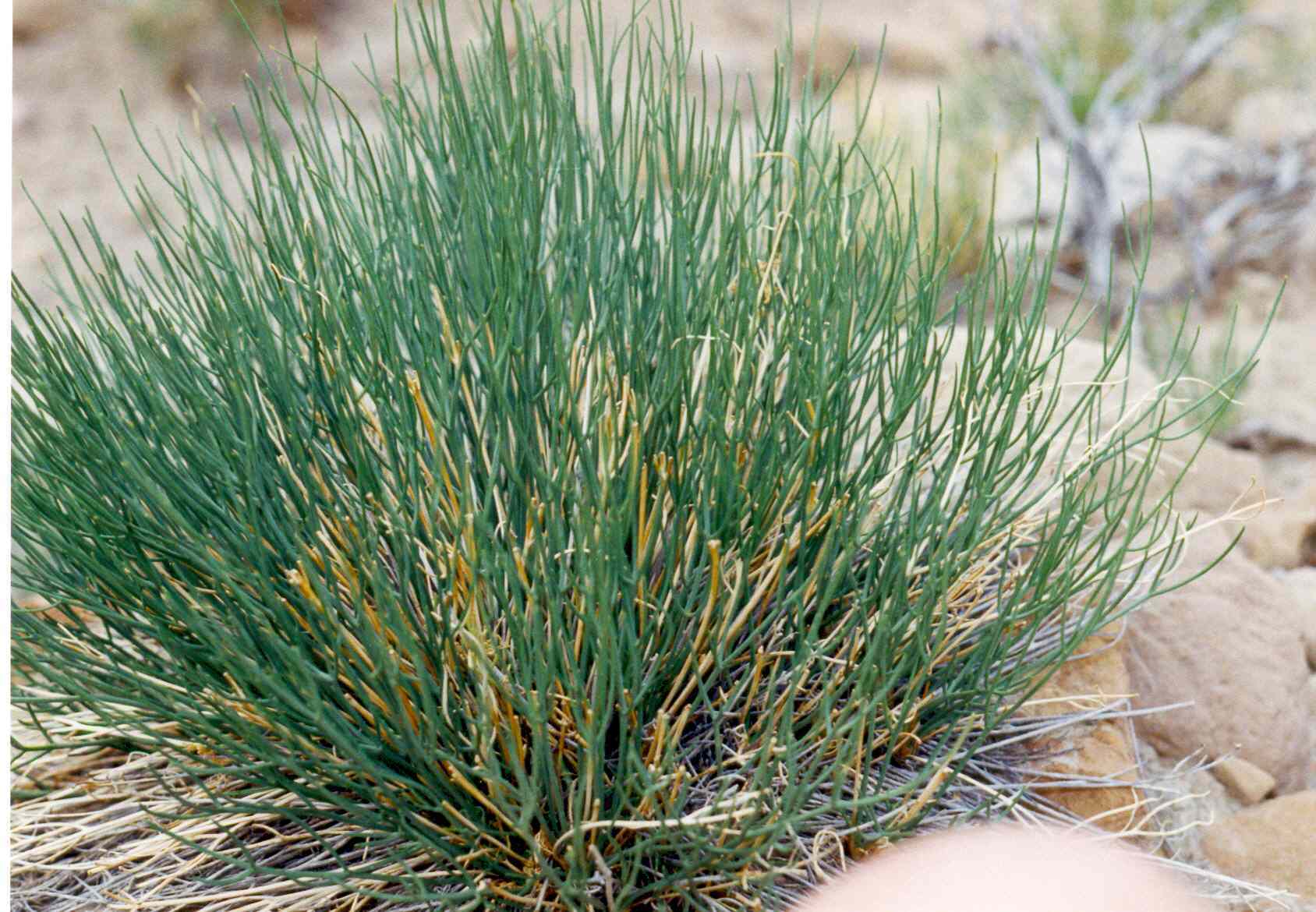 |
| Example of habitat (click on image for larger picture.) | Example of hostplant--Lomatium junceum |
General:
The Type Locality of P. indra minori is
Black Ridge Breaks, Mesa County, Colorado; Cross 1936. Minori is
one of the most beautiful races of P.
indra in Utah. Its large size with long tails combined with thin to intermittent
cream bands and generous blue dorsal hindwing scales are diagnostic. Adults
display a significant amount of individual variation. The bands on some
individuals of minori are
completely obsolete; showing the phenotype of what essentially is a black and
blue swallowtail. It is the opinion of the author that this form kaibabensis
which most authorities treat as a distinct subspecies really is a genetic drift
morph of minori for
two reasons. First, the kaibabensis form appears at least seldomly in mostly all minori
populations. Again, its just an example of individual variation. Second, the
habitat and bionomics of the two taxa are virtually indistinguishable.
Males hilltop on the
tops of reefs, buttes, or even sheer peaks in search of females. In fact, minori
males have shown intense aerial battles against one another in competition for
females. Females, on the other hand, oftentimes fly in lower portions of buttes,
or even in desert floors or swells in search of its larval hostplant. (Females
only hilltop once to mate.) It is multivoltine depending upon rainfall; with up
to three broods per year.
Utah Distribution and Habitat:
The distribution of minori
in Utah is extensive. According to Dr. W.H. Whaley,
over 50 distinct colonies can be found over Central to South-Southeastern Utah
badlands (Utah Canyonlands.) This distribution includes, but is not limited to, the West Tavaputs
Plateau, Cedar Mountain, San Rafael Swell, San Rafael Reef, Capitol Reef
National Monument, Henry Mountains, Cockscomb Ridge, La Sal Mountains, Abajo
Mountains, and Monument Valley south to Northern Arizona.
Bionomics:
The larval hostplants of minori
differ depending upon venue. In the San Rafael Swell, Cedar Mountain, San Rafael
Reef, Capitol Reef National Monument areas, larvae utilize Lomatium
junceum
(rush lomatium--see photos above and below.) At the Cockscomb Ridge, Monument Valley, and Abajo
Mts, larvae
use Lomatium
parryi (parry
desert parsley.) Also at Monument Valley and areas adjacent to Moab, larvae use Cymopterus
terebinthinus
(rock springparsley.) All of these larval hostplants are unique because they,
for the most part depending upon rainfall, stay green and healthy from spring
until fall; which accounts for the butterfly's ability to have multiple
generations in one year.
The ova is yellow-green; developing rings and then turning black
before hatching. The young larva is black with a white saddle. It is interesting
to note that young minori
larvae have a broader white saddle than young indra indra
larvae have. The large mature larva is gorgeously arrayed with bright pink and
black stripes strewn with orange dots. Immatures, unfortunately, are heavily
subjected to several varieties of parasites. Egg parasites have recently been
discovered in addition to the ever-so-prevalent small wasp parasites that kill
third instar larvae and maggot parasites that kill fifth instar larvae.
Hibernation is as pupa.

Dr. Whaley and Dale Nielson check Lomatium junceum plant for P. indra minori larvae down in Utah's San Rafael Swell.
All images of Limenitis weidemeyeri on the ULS Info Bar courtesy Jay Cossey
More in depth analysis of the taxonomy, host plants, and gene pool of this subspecies of P. indra from Dr. Wayne Whaley